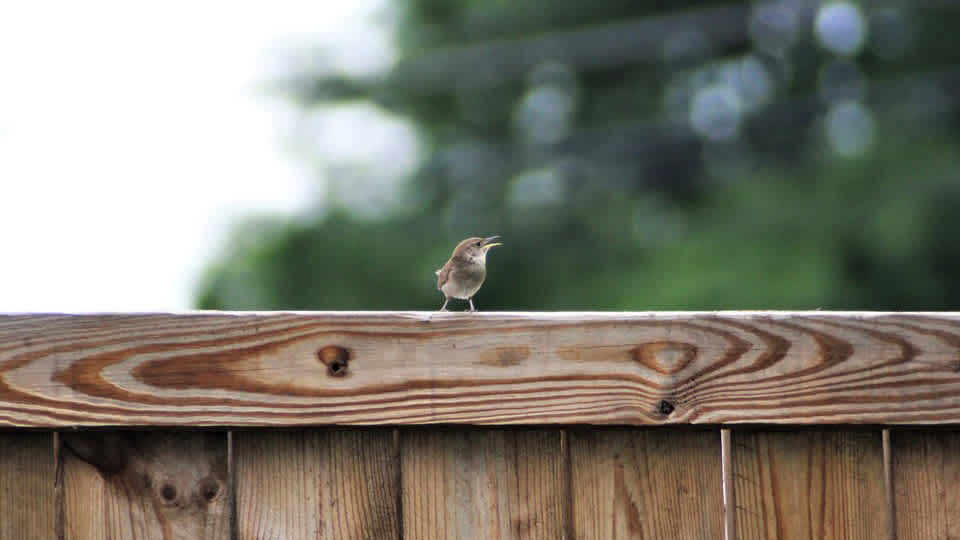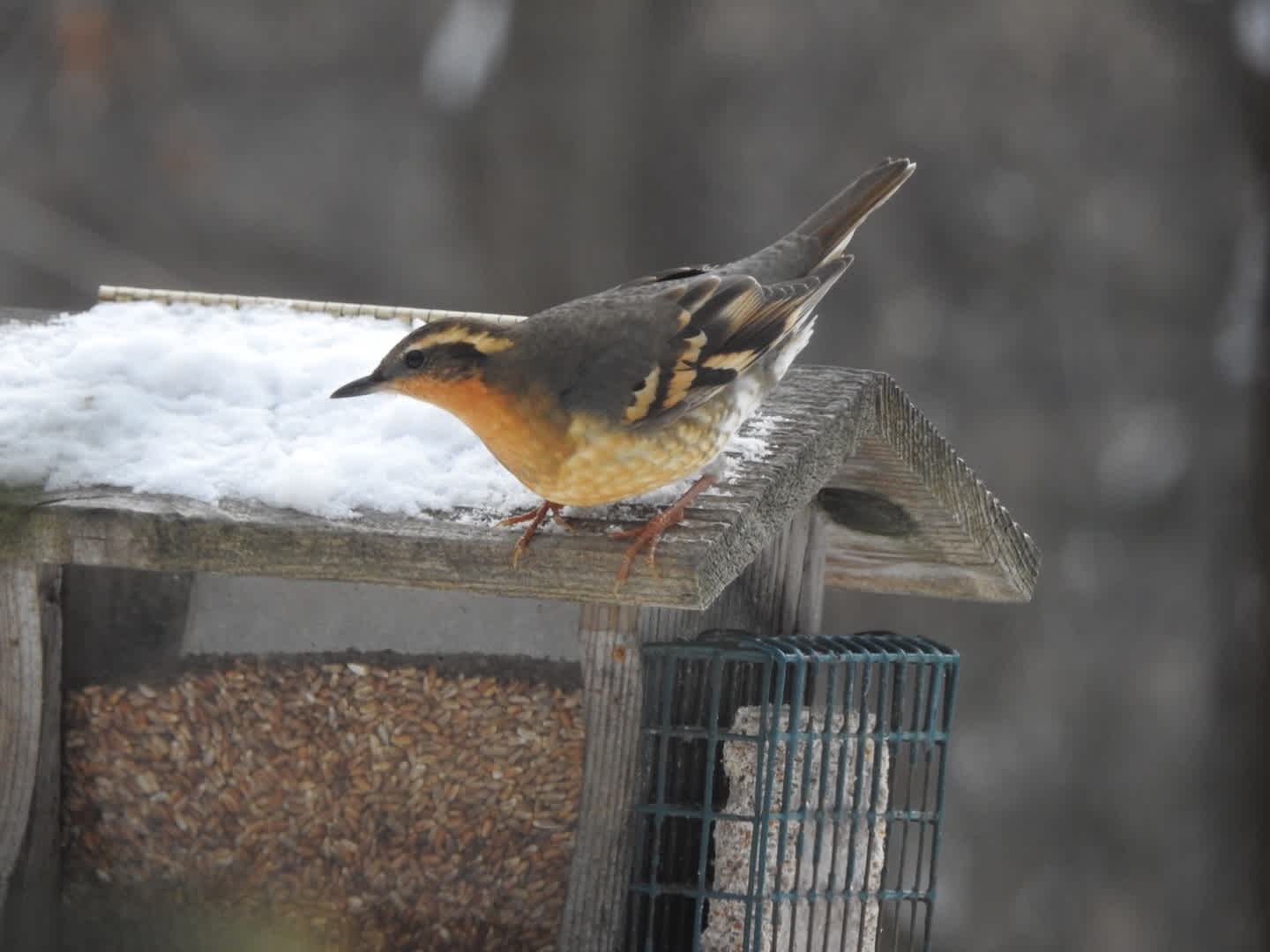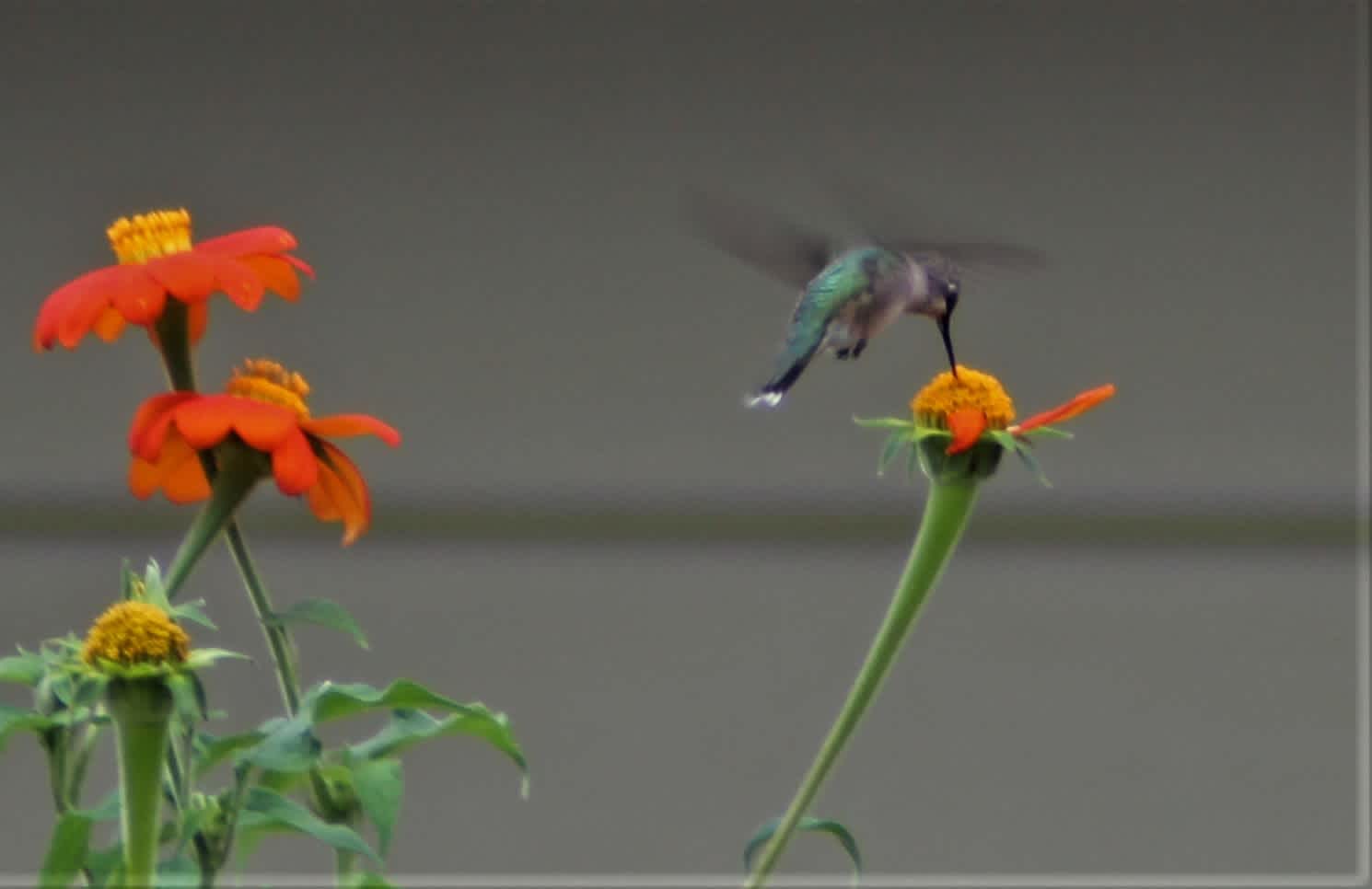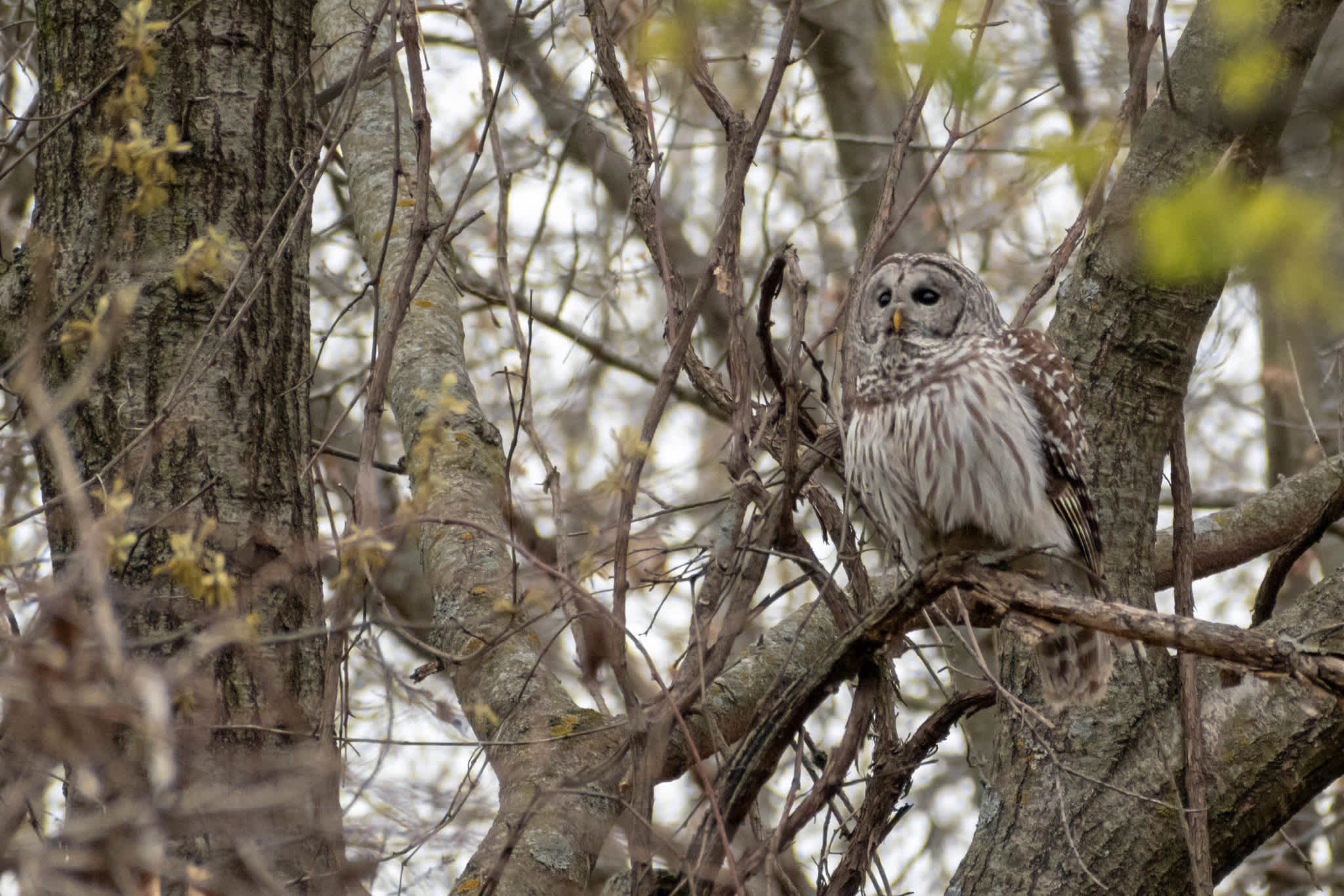
Natural Neighbors: Building a better yard for weary birds on the wing
Billions of birds pass over us each spring and fall. Most fly north above us at night, unseen. But, when the sun comes up this time of year, there are usually a few new birds hanging around our houses every day.
Migrating birds are often tired from flying thousands of miles, racing to breeding grounds, and arriving in Minnesota and other northern states with brilliant colors and melodious songs.
Some will stay a day or two and then continue, going as far as Alaska for brief and bountiful growing seasons, while some will stick around and stake a claim for nesting territory.
These wild and winged travelers bring a lot of joy, and everyone can do something to help them during migration and breeding seasons.
How to support birds in your backyard
Amber Burnette is a licensed bird-bander, naturalist, and teacher. At the Science Museum, she supports the Vice President of Museum Experiences, but on the weekends, she can be found gently banding and releasing birds at nature preserves around the Twin Cities or teaching classes about birds and landscaping for wildlife.
She says even a small yard can provide great resources for birds. The trick is "figuring out your place in the great patchwork quilt of the landscape," explains Amber.
Many creatures are threatened by losing the habitat they need to survive. But if lots of humans take small actions, there’s much we can do to provide and protect the places plants and wildlife need.
Imagine yourself migrating
Amber says if you want to help birds, think about the services you might need on a cross-country road trip: restaurants, fuel stations, convenience stores, motels.
For a winged traveler looking for a brief wayside, simply putting out feeders and planting native plants that offer food and shelter is a great start.

For overnight guests, one of the best things you can do is nothing at all. Leaving a messy yard during migration provides hiding places for a bird needing to rest.
If you're looking to feed year-long and traveling birds, Amber recommends anything from the National Audubon Society, like this DIY milk carton bird feeder. Providing sugar water for migrating hummingbirds can also invite these hovering little birds to your yard to refuel.
Support a local organization doing good and order a feeder or build-your-own-feeder kit from Elpis Enterprises, a St. Paul-based nonprofit that provides job training and placement for homeless or precariously-housed young people.
Build homes for year-long and new neighbors
In addition to food, these residents need somewhere to live and raise their young.
Chickadees and woodpeckers naturally nest in tree cavities—little hollows carved in limbs and trunks that are often found in old or dying trees, which might be in short supply in urban or suburban neighborhoods.

But, birdhouses can make a great replacement. For an easy project, buy the bird “Bed & Breakfast” kit in the Science Museum store. Or, check out the book Woodworking for Wildlife by Minnesota bird expert Caroll Henderson.
Plant a garden wherever you are
Planting flowers and other vegetation for birds can improve your environment and theirs.
To get started, research what is native to where you live, and make sure your seeds are free of pesticide coating that can harm birds and insects, such as neonicotinoids. Amber suggests asking the store which pesticides, if any, are used on their plants.

Apartment dwellers with a deck or balcony can provide food for hummingbirds with a trumpet vine growing in a pot. Amber has spotted house finches nesting in potted flowers, and mourning doves in ferns.
Join the community science flock
Observing the birds outside your window can provide valuable scientific data.

Through platforms like eBird and iNaturalist, you can help scientists better understand where birds live, what they need to survive, their migration habitats, and much more just by sharing images and observations.
Birds bring joy
In the past year during the pandemic, many people have had more time to notice and enjoy the wildlife that share their homes.
The rewards of improving your own little corner of the world are many. It can be a source of hope and something anyone can do to collectively address global issues on a more manageable scale.
“Environmental problems can seem so big and hard to get your arms around,” Amber says. “But if we break it down, we can create these little oases that make a big difference for birds.”